Winter hiking can seem a little intimidating if you’re new to it. I did not grow up around snow, and the idea of hiking in it was daunting when I first moved to Utah. I had no idea how to even start winter hiking. But after I learned how to prepare for the freezing temperature, winter hiking became something I looked forward to every year.
If you are wanting more detailed information about winter hiking with a baby, you can purchase my Hiking with Babies Guide: Winter Edition. Use the discount code WinterGuide20 for 20% off making it only $8.
*This post is not sponsored. Some of the links shared in this post may be affiliate links meaning I make a small commission off of your purchase (with no extra cost to you). This allows me to continue to create free content for my readers. Thank you for your continued support!
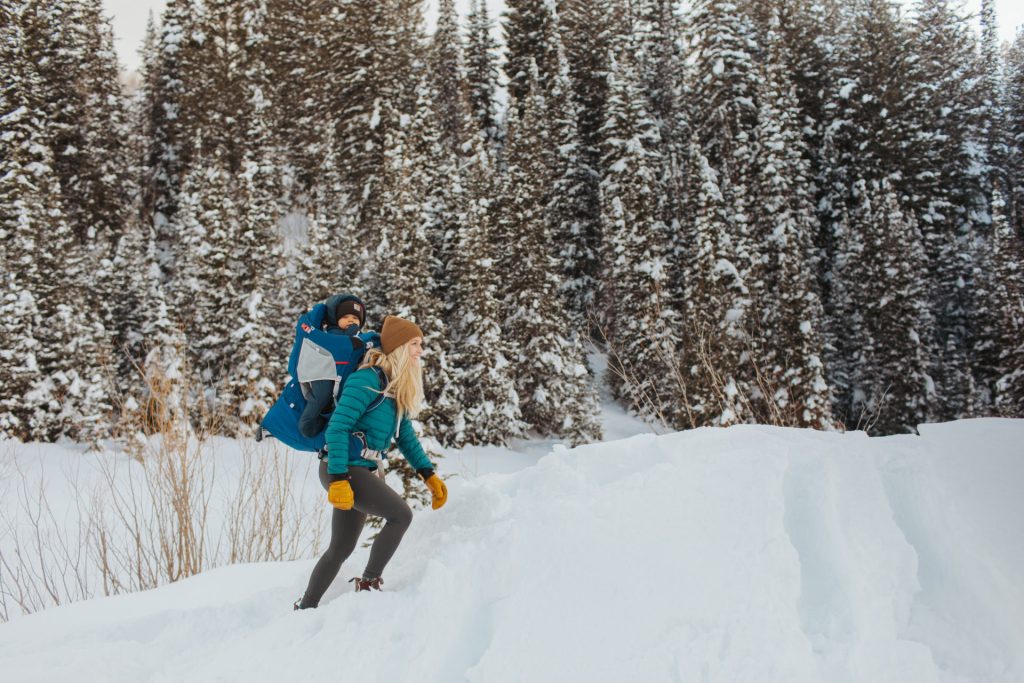
Safety First
When you first ask yourself how to start winter hiking, the first thing that should come to mind is how to stay safe? When it comes down to it, treacherous situations are more likely to arise when you’re out hiking in the winter. The freezing temperatures, shorter daylight hours, and risk of avalanches are all reasons you should be extremely prepared.
Tell Someone Where You’re Going
After you plan out where you want to hike, always tell somebody, or two people, where you are going and how long you expect to be gone. I even will let my husband know of my backup plan of where I will hike in case something changes last minute. This ensures that if something happens and you get stuck on the trail, people will come looking for you and have a good idea of where you might be.
Get Yourself a Satellite Communicator
If you frequent trails that don’t have any service, it might be worth looking into getting a GPS locator of some kind. It’s an investment that could save your life. I have the Garmin InReach Mini and bring it with me on every hike. You pay a monthly plan and then can send unlimited preset messages and a certain amount of new messages. You can also track your hikes and check the weather. I wrote a more detailed post on Garmin Inreaches here!
Stay Hydrated and Well Nourished
You will burn a lot more calories in the winter as your body is trying to keep you warm. So make sure to have extra snacks with you. Another important part of winter hiking is making sure you don’t forget to drink water. It can be easy to forget with the sun not quite as hot as in the summer, but it’s just as important in the winter. Dehydration expedites hypothermia, so take frequent breaks to drink some water.
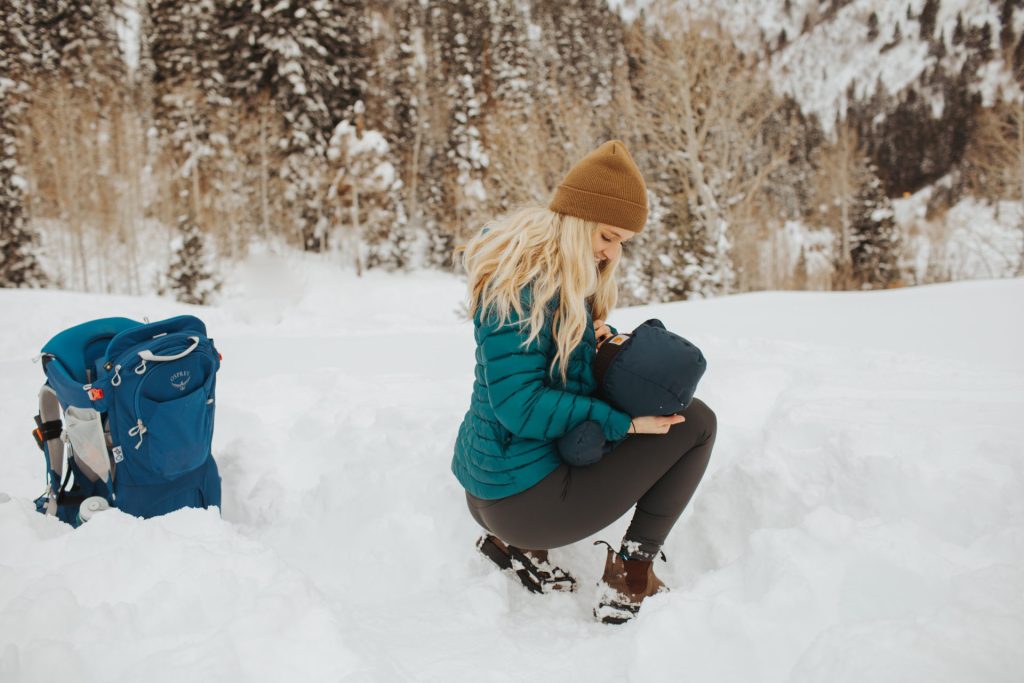
Learn How to Dress for Winter Hikes
Everything is a little bit more miserable when you’re cold. You will quickly learn that a hoodie and jeans just aren’t going to work out on the trail in the winter. If you want to be out and enjoy your time, you need to learn how to dress properly. This means layering up and using sturdy materials. I have a whole post on What to Wear When Winter Hiking that goes into detail about what to wear from head to toe as well as a post sharing my What My Kids Wear on a Winter Hike
Layers
To go over it briefly, layering options include a base layer, mid layer, and weatherproof layer. You can start with more layers and take them off as you hike and warm up. My favorite materials are merino wool, fleece, and some kind of a synthetic filled jacket.
Boots
I recommend a waterproof, insulated boot in the winter. This will keep your feet dry and if you pair it with wool socks, your feet should stay toasty (kid wool socks). I also like a mid to high top boot. This helps with stabilization over the uneven snowpack and I don’t get as much snow down into my shoes.
Extremities
Make sure you have a head covering and mittens. I always wear one of my many beanies, and never leave without my trusty leather mittens. I prefer mittens over gloves because I have the hardest time keeping my hands warm. If you’re someone who runs a little warmer, a pair of waterproof gloves might just do the trick!
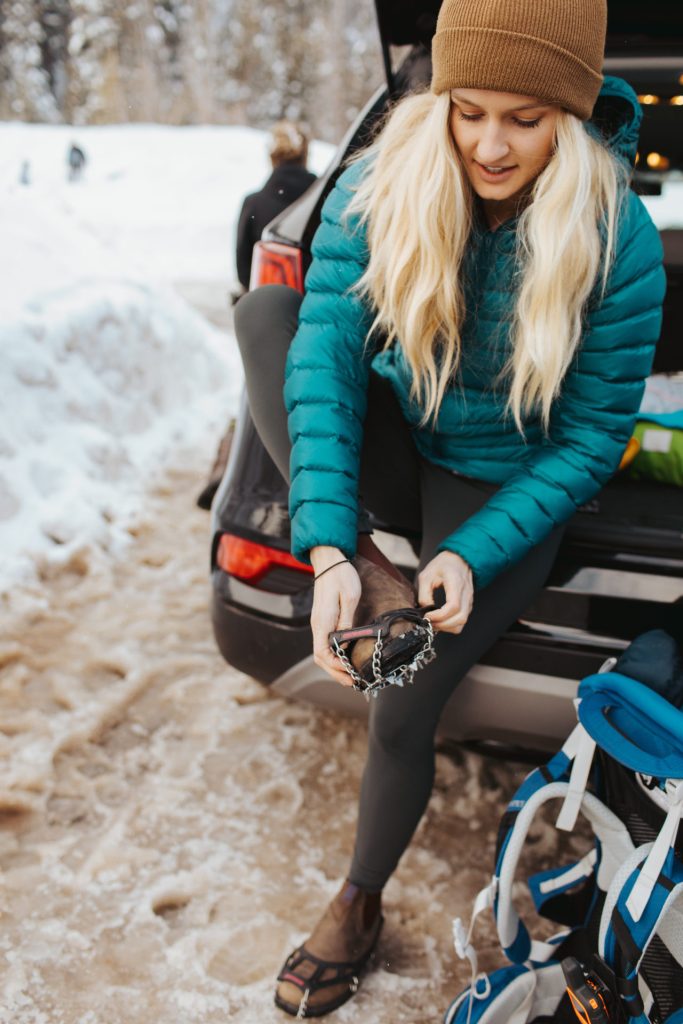
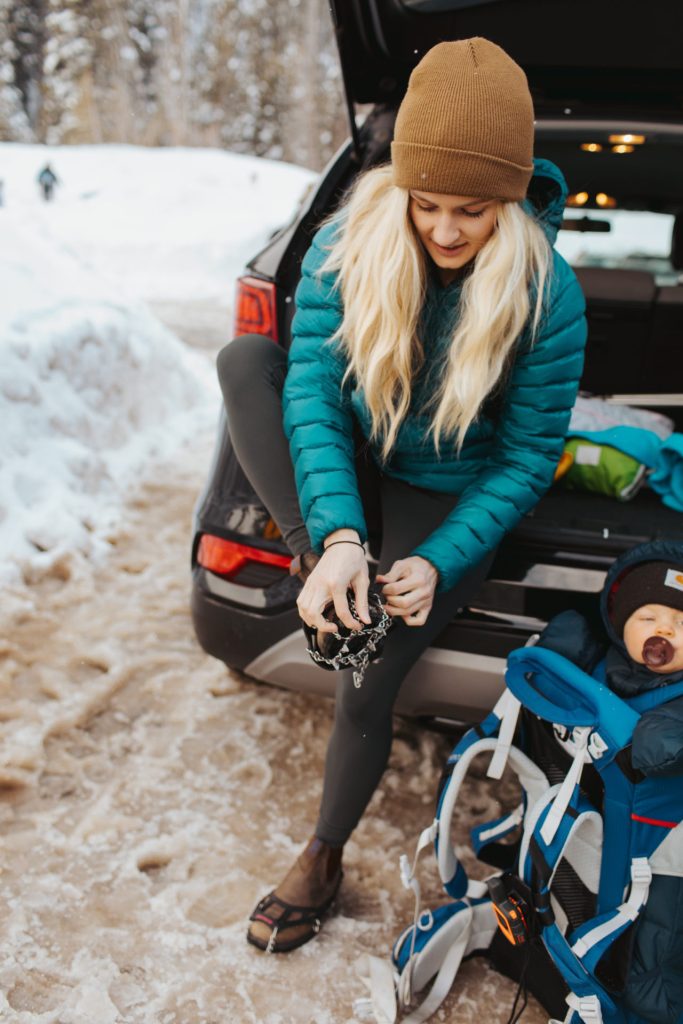
Get the Right Gear
Making sure you have ample gear for your trek is crucial. With the combination of a slower pace hiking through snow and shorter daylight hours, you want to make sure you are prepared.
Emergency Gear
I always have a headlamp, even if I’m starting my hike nice and early. I also have extra emergency items in my pack like an emergency blanket, rain protection, hand warmers, and an updated first aid kit. All of these things stay in my pack so I don’t ever forget them.
Car Battery Jumper
I also keep a car battery jumper in the back of my car. Most of the canyons I drive up don’t have service and I don’t want to be stuck with a dead battery. I also don’t want to have to rely on someone driving by to jump my car for me since there are typically less people out during the winter. The battery jumper allows me to take care of it on my own so I can be on my way.
Traction for the Trails
Snow and ice on trails is common in the winter so you want some kind of traction. Microspikes or snowshoes are a must. I love microspikes for packed down trails and snowshoes are great right after a fresh snowfall. You should decide which ones will work best for your trail after a little research and weather check the day of your hike. Trekking poles also help in the winter with balance.
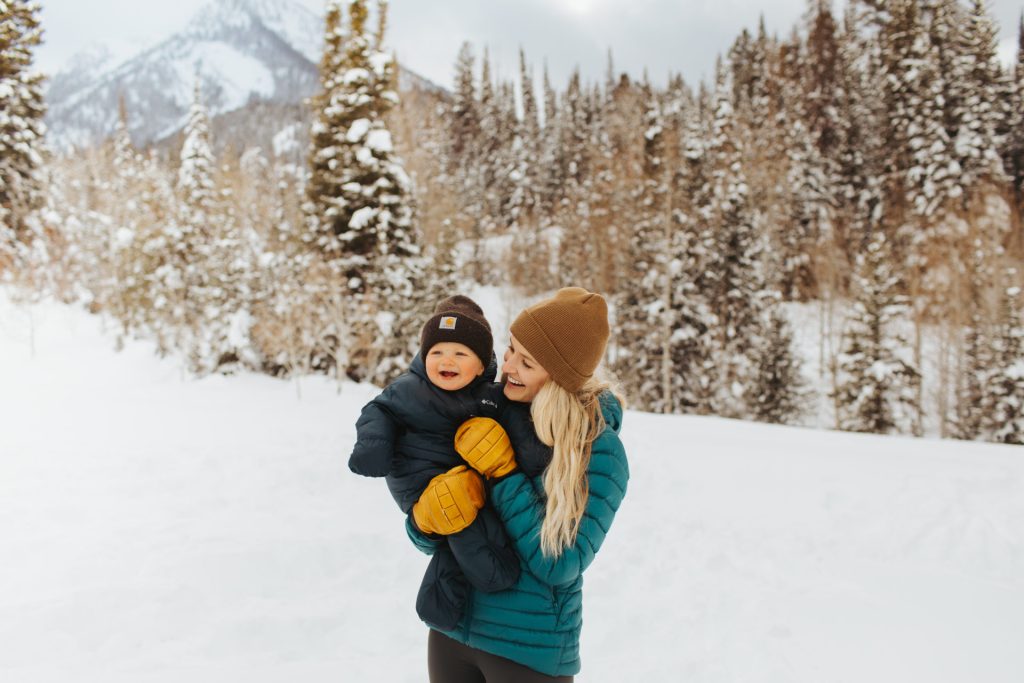
Asking yourself how to start winter hiking is a good step in the right direction to get outside all year round. Winter doesn’t have to only have to be a time stuck inside, drinking hot chocolate, and dreaming of warmer weather. If you prepare, you can enjoy some incredible scenery without the crowds. Two of my favorite things, personally.
If this guide was helpful, be sure to check out my other posts about winter hiking:

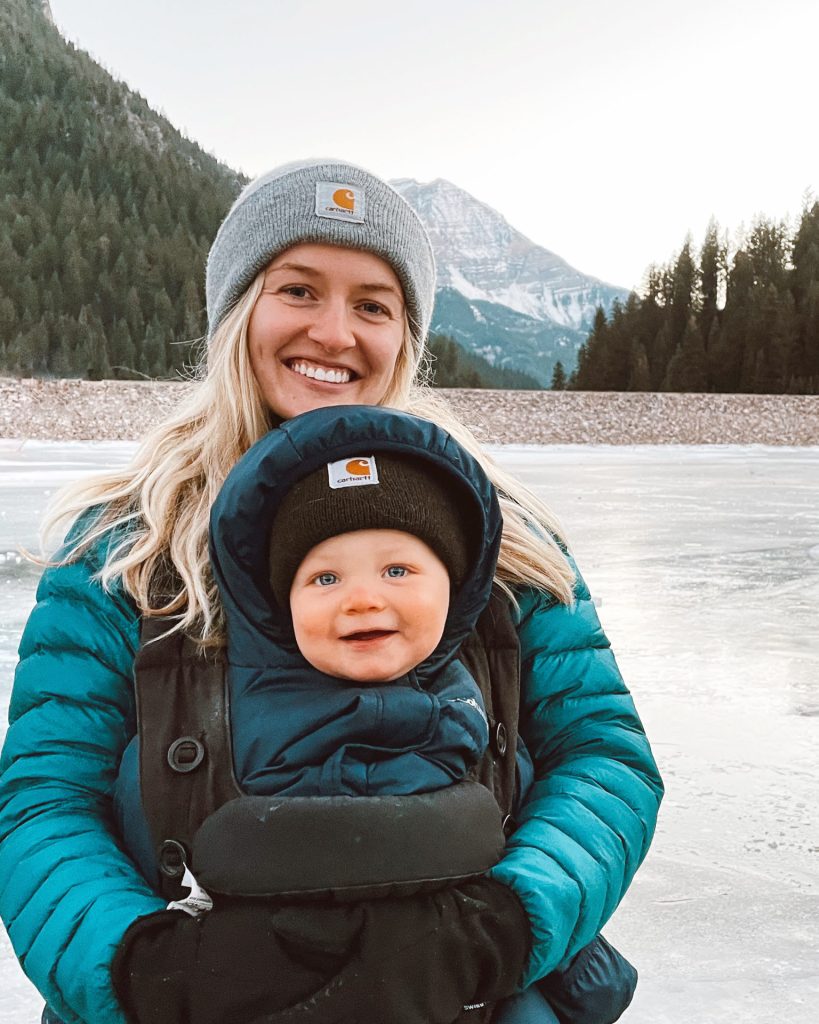
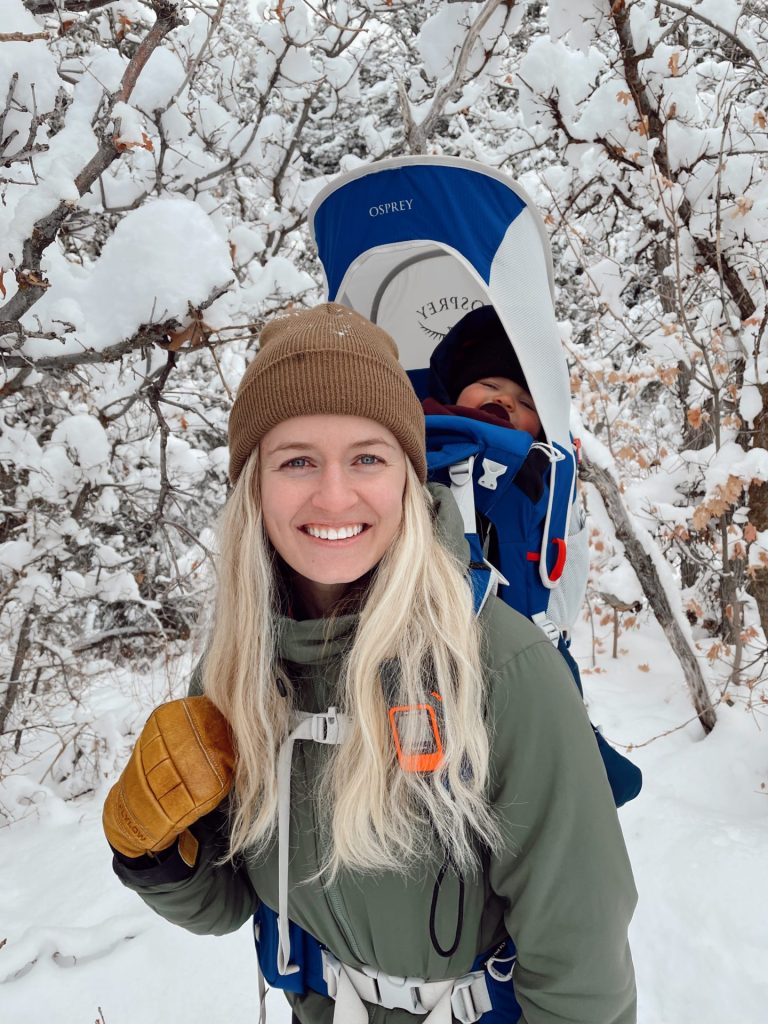
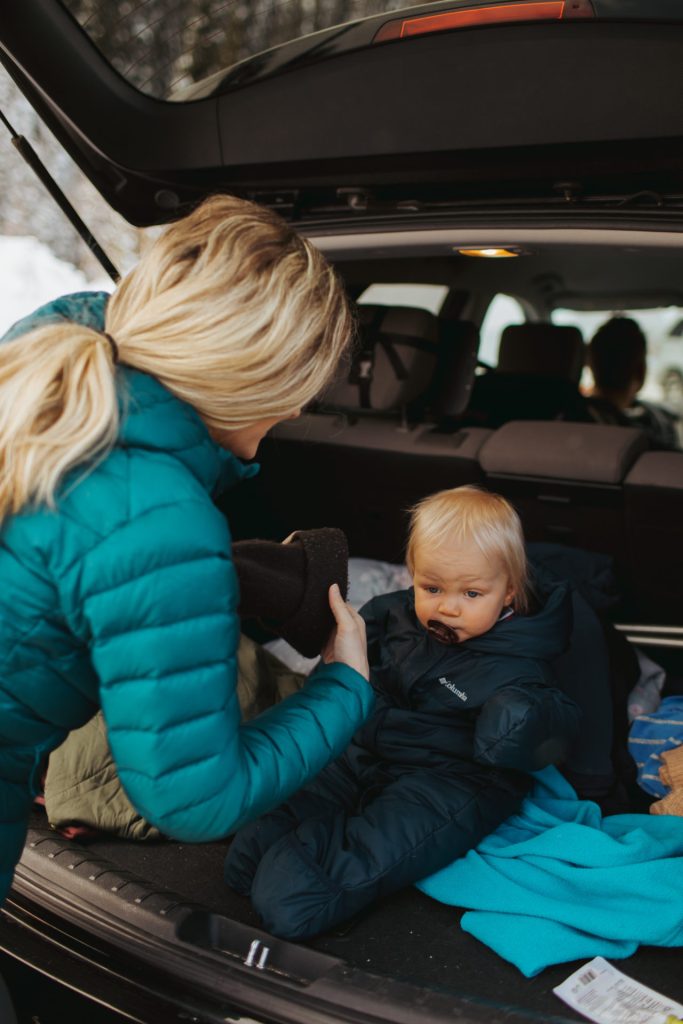


Excellent write-up. I certainly appreciate this site. Keep it up!
внедрение 1с производство 1s-vnedrenie.ru .